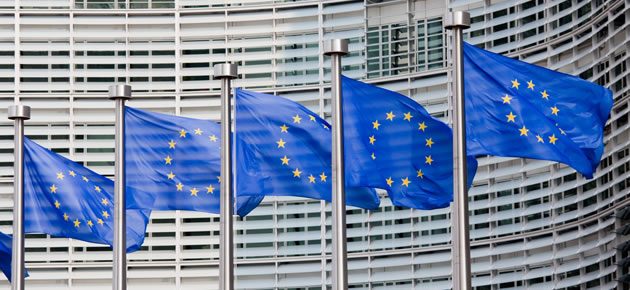With New Zealand’s employment figures looming, the Euro to NZD exchange rate began the European session in a weaker position.
The ‘Kiwi’ was broadly supported by the expectation that today’s jobs figures will show that New Zealand’s economy experienced an employment change of 0.6 per cent in the first quarter, quarter-on-quarter.
The nation’s unemployment rate is forecast to have eased from 6 per cent to 5.9 per cent in the first three months of the year.
However, the Euro was able to fight back against a bullish New Zealand Dollar thanks to upbeat domestic reports.
Data showed that Spain and Ireland, two of the Eurozone’s most struggling nations, enjoyed the strongest services sector growth since before the onset of the global economic crisis.
Although services PMI for France exceeded estimates, the German services gauge for April was lower than expected.
But this didn’t prevent the services PMI index for the currency bloc as a whole achieving an almost three-year high of 53.1.
In a statement issued with the figures Chris Williamson, Markit’s chief economist, stated; ‘The final PMI confirms the earlier flash estimate, indicating that the Eurozone started the second quarter with the fastest growth seen for three years. At this rate we can expect GDP to rise by at least 0.5 per cent in the second quarter. […] The upturn in the rate of expansion further reduces the likelihood of the ECB considering it necessary to cut interest rates or embark on any other non-conventional stimulus measures, for which the bar is already high.’
Meanwhile, separate data for the Eurozone showed that sales in the currency bloc unexpectedly increased in March.
Although economists had projected a 0.2 per cent decline in sales, month-on-month, they actually increased by 0.3 per cent following a negatively revised increase of 0.1 per cent the previous month.
Sales were up 0.9 per cent on the year, slightly less than the 1.0 per cent increase expected.
As the day progresses New Zealand’s employment report is sure to have a considerable impact on the EUR/NZD pairing.
A positive result would justify the Reserve Bank of New Zealand continuing with its cycle of hiking interest rates and would lend the ‘Kiwi’ support.
However, with German factory orders and German/Eurozone Markit retail PMI figures due for release tomorrow, further EUR/NZD movement can be expected.
Economists will also be looking ahead to Thursday and the European Central Bank’s rate decision.
In light of last week’s inflation figures for the 18 nation currency bloc the central bank is expected to leave fiscal policy unchanged. A surprise move on their part would be the catalyst for extensive market movement.
Euro (EUR) Exchange Rates
[table width=”100%” colwidth=”50|50|50|50|50″ colalign=”left|left|left|left|left”]
Currency, ,Currency,Rate ,
Euro, ,US Dollar,1.3925,
,US Dollar,1.3925,
Euro, ,British Pound,0.8221,
,British Pound,0.8221,
Euro, ,Australian Dollar,1.4964,
,Australian Dollar,1.4964,
Euro, ,New Zealand Dollar,1.5941,
,New Zealand Dollar,1.5941,
Euro, ,Canadian Dollar,1.5246,
,Canadian Dollar,1.5246,
[/table]



